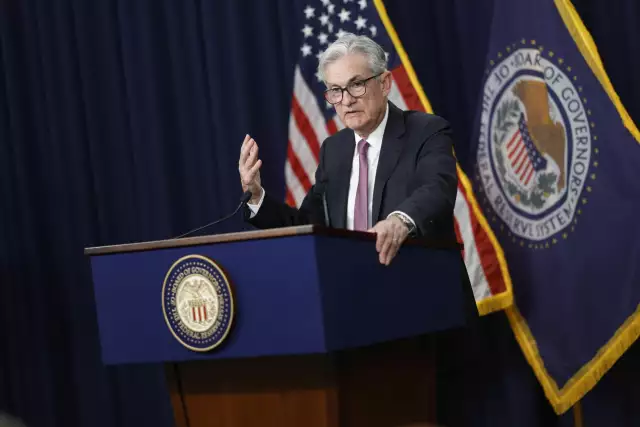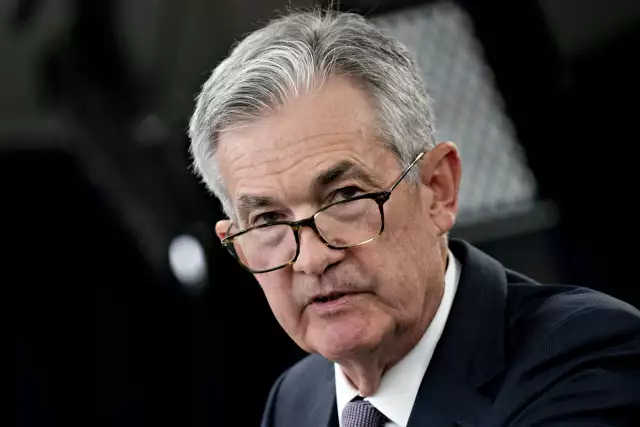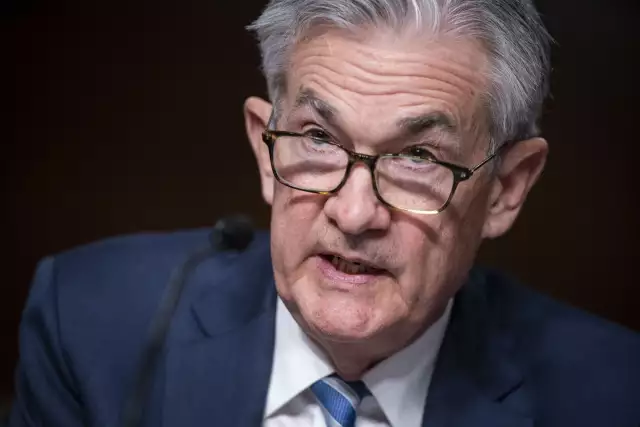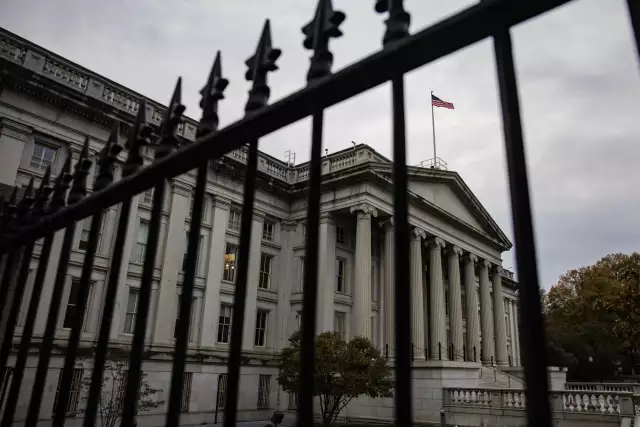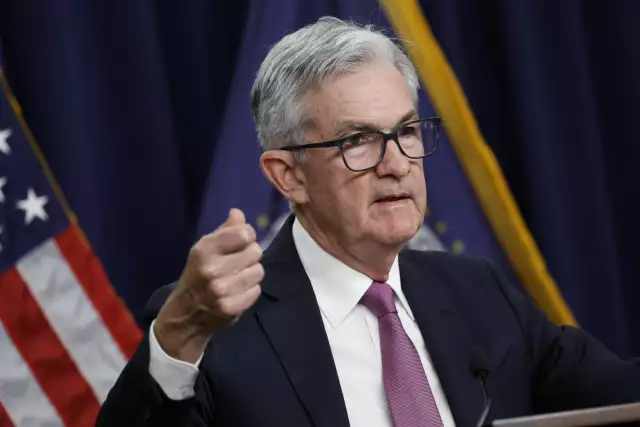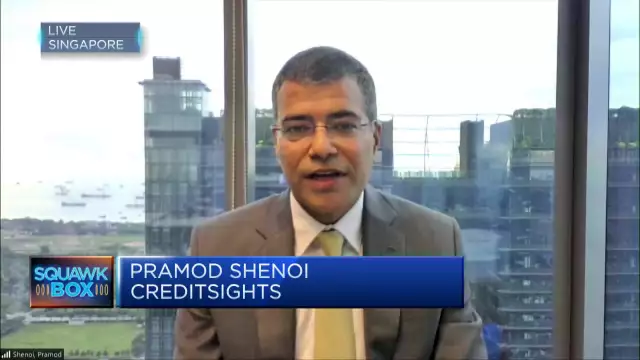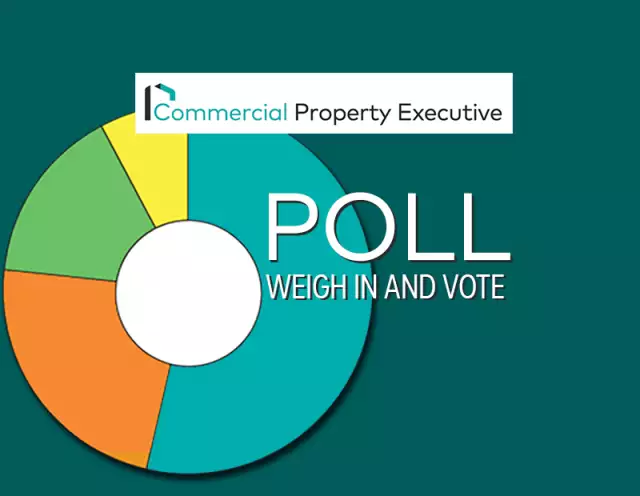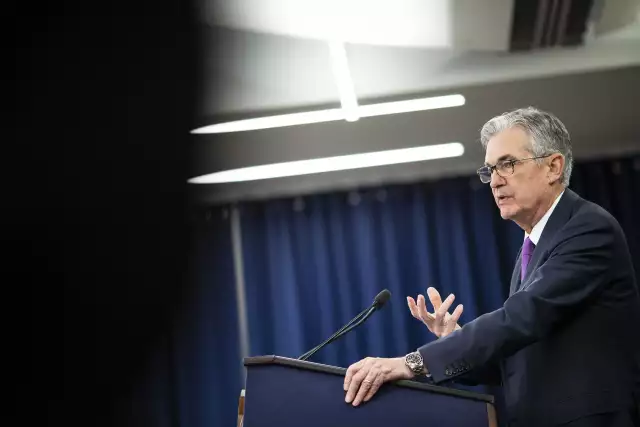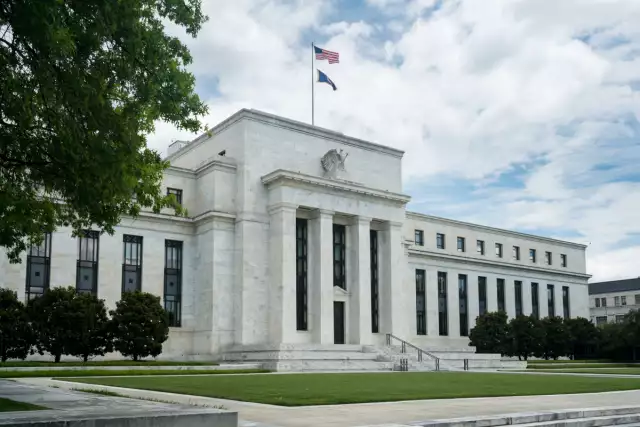Powell: Economy, banks can handle aggressive rate hikes
Powell: Economy, banks can handle aggressive rate hikes
WASHINGTON — The Federal Reserve continued tightening its monetary policy at the fastest pace in decades, raising the federal funds rate by three-quarters of a percentage point during its Federal Open Market Committee meeting Wednesday.
Brushing off concerns that such swift increases could threaten financial stability, Fed Chair Jerome Powell said well-capitalized banks will help the economy withstand the volatility of a rising rate environment.

“From a financial stability perspective … asset values are down, which … lowers vulnerabilities. It's when they're really high, that you would worry that they're vulnerable to a fall,” Powell said during a press conference Wednesday afternoon. “I think you've got a well-capitalized banking system. I think you have households that are, generally, in about as strong financial shape as they have been in a very long time, or perhaps ever, given the money that’s on people's balance sheets.
“From a financial stability standpoint, you have a pretty decent picture,” he said.
Since March, the FOMC has raised the federal funds rate from its lower bound to a target range of 2.25%-2.5%, as the Fed takes an aggressive stance toward battling inflation, which continues to run at a 40-year high. This week’s 75-basis-point increase was the second of its size in the past couple of months.
The Fed’s campaign of rate increases has been notably more aggressive than the string of 25-basis-point increases forecast in March. Last month’s increase was the steepest since 1994 and the Fed has not raised rates this quickly since the 1980s.
The overall interest rate remains low from a historical context, but the pace of the increases has some economists worried about a potential credit event, in which changing asset prices trigger margin calls and rapid selloffs.
Fed interest rate risk has also risen on the list of concerns for market participants in recent months.
Powell noted that the Fed has a history of taking aggressive action on adjusting interest rates when appropriate, pointing to the 1980s and 1994, specifically. During the current round of tightening, he said, markets have responded well thus far.
“I would say that given how quickly we've moved, I'm gratified that, basically, markets have been working. They've been orderly,” Powell said. “There's been some volatility, but that's only to be expected.”
The move was widely anticipated in the weeks leading up to the meeting. Several FOMC voting members publicly endorsed a 75-basis-point increase in public speeches and comments. This was the committee’s second rate hike of this size in two months and its fourth rate increase since March.
The committee also noted that ongoing increases in the target range will be appropriate, until it sees inflation abate. Surpassing 2.5% would be a meaningful milestone in the Fed’s campaign against inflation. In recent months, FOMC members have deemed this to be the so-called neutral rate — the calibration that neither spurs economic growth nor stifles it — meaning future hikes would move into restrictive territory.
During the meeting, the FOMC committed to stay the course on its balance sheet reduction schedule. The Fed’s Open Market Desk will continue to allow up to $30 billion of Treasury securities and $17.5 billion of mortgage-backed securities to expire next month without replacing them. In September it will double those targets to $60 billion and $35 billion.
 Politics and policy After recent failures it's clear: Fed must be restructured July 20, 2022 10:41 AM
Politics and policy After recent failures it's clear: Fed must be restructured July 20, 2022 10:41 AM Powell said the effort to reduce the Fed’s balance sheet is “working fine,” thus far, adding that he does not believe the system is running the risk of another so-called “taper tantrum,” the likes of which stifled balance sheet reduction efforts in 2013 and 2018. In those instances, as bank reserves became scarce, prices in Fed repo facilities were bid up by market participants scrambling to stay sufficiently capitalized.
Powell expected it would take two to two and a half years for the balance sheet to be reduced to a neutral position. He noted that the Fed’s holdings have swollen to historic levels during the pandemic and the central bank is moving quickly to bring them back down.
“This is a much faster pace than the last time,” he said. “The balance sheet is much, much bigger than it was. But we looked at this carefully and we thought this was a sensible pace and we have no reason to think it’s not.”
